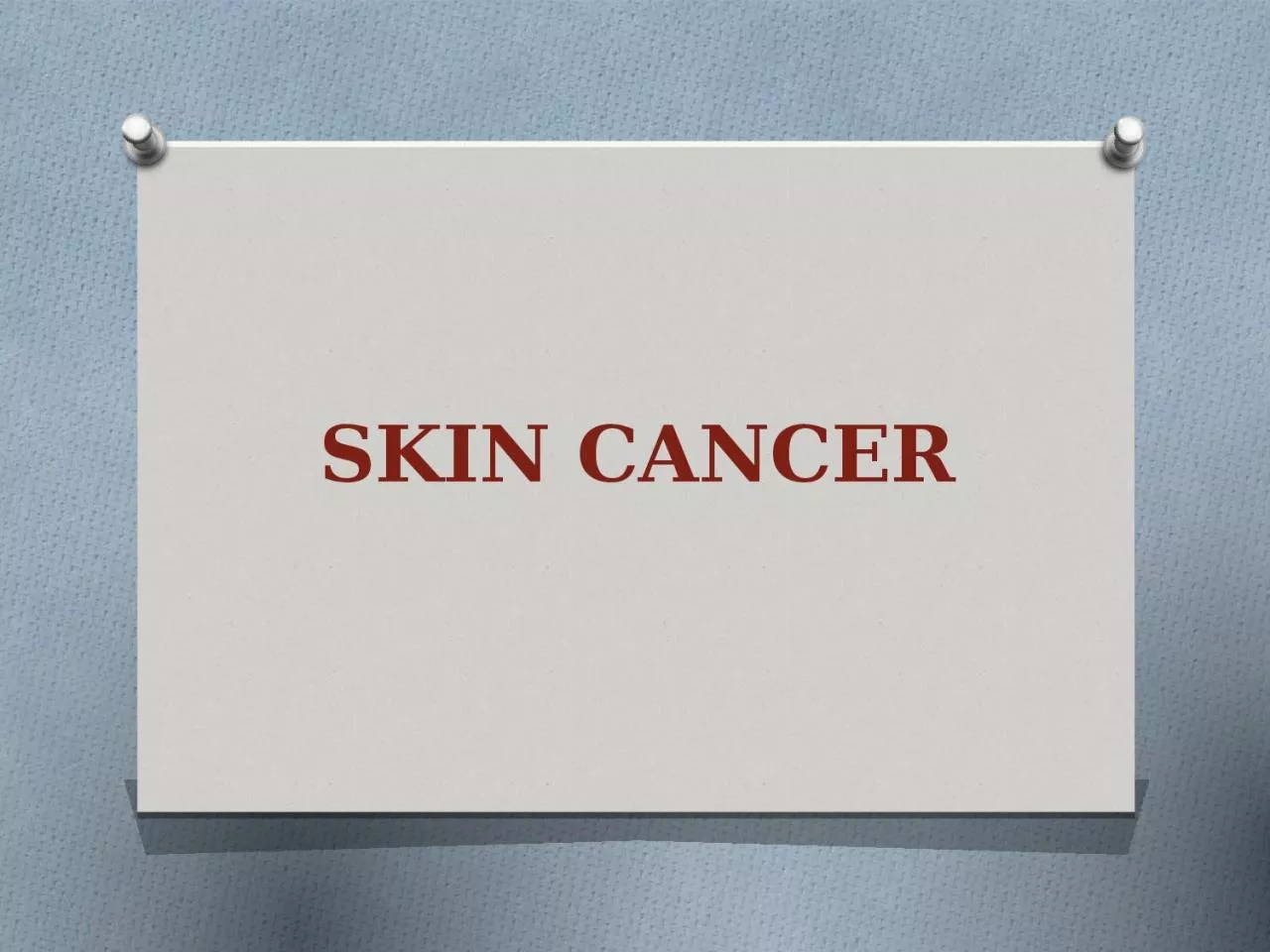PPT-SKIN CANCER SKIN The skin is the largest organ of the body
Author : emma | Published Date : 2024-01-13
Covers the internal organs and protects them from injury Serves as a barrier from pathogens bacteria Helps prevent fluid loss Stores water and fat Helps control
Presentation Embed Code
Download Presentation
Download Presentation The PPT/PDF document "SKIN CANCER SKIN The skin is the largest..." is the property of its rightful owner. Permission is granted to download and print the materials on this website for personal, non-commercial use only, and to display it on your personal computer provided you do not modify the materials and that you retain all copyright notices contained in the materials. By downloading content from our website, you accept the terms of this agreement.
SKIN CANCER SKIN The skin is the largest organ of the body: Transcript
Download Rules Of Document
"SKIN CANCER SKIN The skin is the largest organ of the body"The content belongs to its owner. You may download and print it for personal use, without modification, and keep all copyright notices. By downloading, you agree to these terms.
Related Documents














